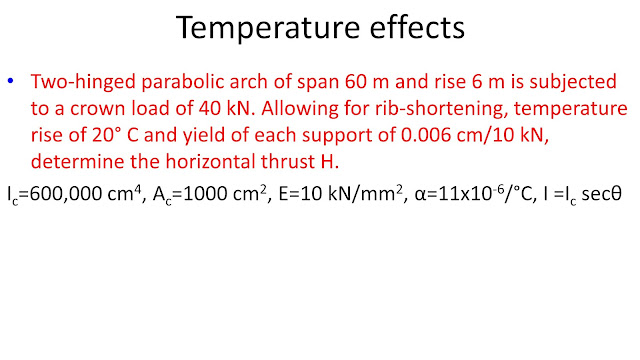FLEXIBILITY MATRIX METHOD
This is matrix implementation of force method of analysis. The procedure assumes that the structural system is linear elastic. Because of this assumption, the application of principle of superposition is valid.
For a system having a single coordinate (Known Force)
System Flexibility Matrix Generation
Flexibility coefficient fij is defined as the displacement (can be deflection or rotation or relative rotation or relative translation) along coordinate i, due to unit force (can be force or moment or bending moment or shear) along coordinate j.
Thus, to determine any flexibility coefficient we need to evaluate the displacements in various locations and directions. For this purpose, we can use double integration method, moment area method or conjugate beam method, unit load method or strain energy method. For one or two span beams, application of conjugate beam is convenient. But, in general, strain energy or unit load method is more applicable.
Illustrative Example#1
Q: Derive the flexibility matrix for the beam shown below
































